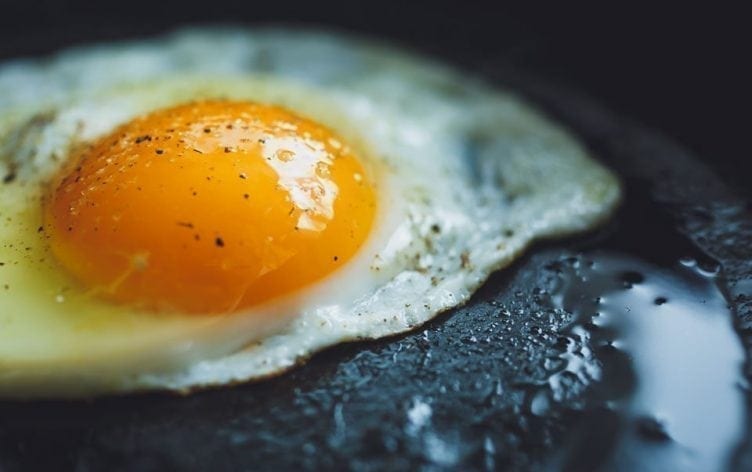
When the 2015 Dietary Guidelines for Americans rolled out in January, there was one big thing missing: the 300-milligram daily cap on cholesterol in existence since 1990. There’s still a warning for individuals to eat as little cholesterol as possible, but it may not be because of the cholesterol itself. Instead, the warning advises a low intake because “foods that are higher in dietary cholesterol, such as fatty meats and high-fat dairy products, are also higher in saturated fats.” So, how did cholesterol earn such a poor reputation when it comes to heart health? Should we still worry about high-cholesterol foods like eggs and seafood?
Cholesterol in the Body
Cholesterol in foods isn’t necessarily a bad thing. The body has very important uses for cholesterol: It is found in every cell membrane and is used to make essential nutrients and hormones, like estrogen, testosterone and vitamin D. In fact, cholesterol is so important that our body has figured out a way to make its own supply even if we’re not eating cholesterol-containing foods!
What is Cholesterol’s Link to Heart Disease?
Here’s how it works: Cholesterol and fat don’t dissolve in water or blood. Instead, the body packages these two nutrients into tiny, protein-covered lipoproteins that are able to easily mix with blood and transport fat throughout the body.
You likely recognize these lipoproteins as the labs your doctor will share with you after doing some bloodwork. They are low-density lipoprotein (LDL) and high-density lipoprotein (HDL) cholesterol, and they both travel within the bloodstream to carry out different functions:
- LDL is the “bad” cholesterol. It is what links cholesterol to heart disease risk. This lipoprotein transports cholesterol to the rest of the body. It travels to cells that need it, delivers the goods and makes its way back to the liver. However, LDL’s traveling in the bloodstream can get sidetracked, becoming trapped in plaques along artery walls. Over time, this increases our risk for heart disease.
- HDL is the “good” cholesterol. It scavenges excess cholesterol from the bloodstream and carries it back to the liver for disposal. Having higher HDL means you’re more likely to dispose of excess cholesterol you don’t need so there’s less of it circulating in the blood.
In general, the lower your LDL and higher your HDL, the better your chances of preventing heart disease and other chronic conditions. So how do we raise HDL cholesterol and lower LDL? Generally, foods with saturated and trans fats will raise LDL, which is why we’re advised to replace them with monounsaturated and polyunsaturated fats found in plant-based foods (Think: avocado, olive oil, nuts).
The Takeaway
Whether you should fret about cholesterol from food depends on your overall risk for heart disease, something that is best left up to your doctor to measure and advise. What should be emphasized is that your choice of dietary fats is one in many factors affecting LDL and HDL cholesterol levels. It’s important to note that other lifestyle choices — such as exercising, maintaining a healthy weight and eating a diet high in soluble fiber —play a role as well. If you’re a healthy individual who eats a balanced, nutritious diet (Think: fruit, veggies, lean protein, whole grains, legumes) most of the time, enjoy your eggs and seafood and don’t sweat the small stuff.



